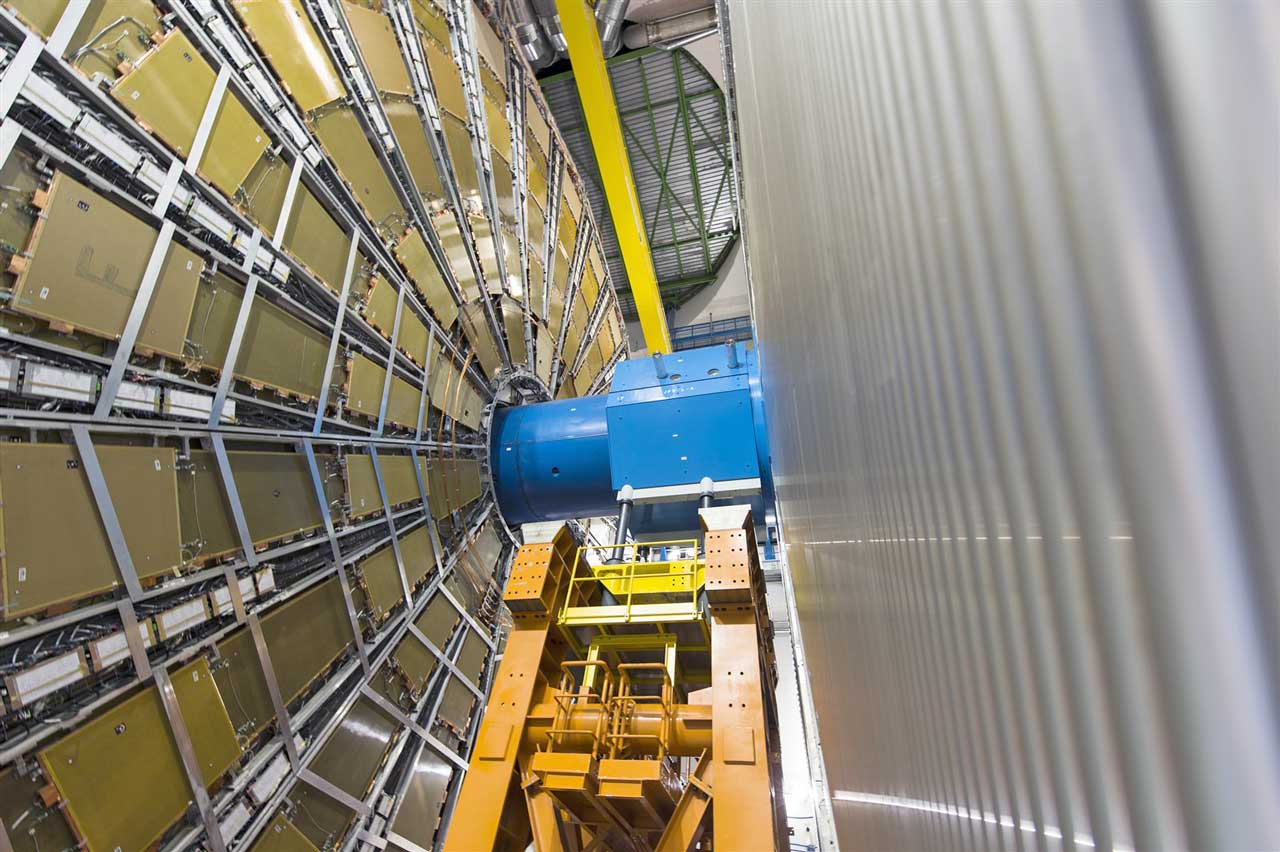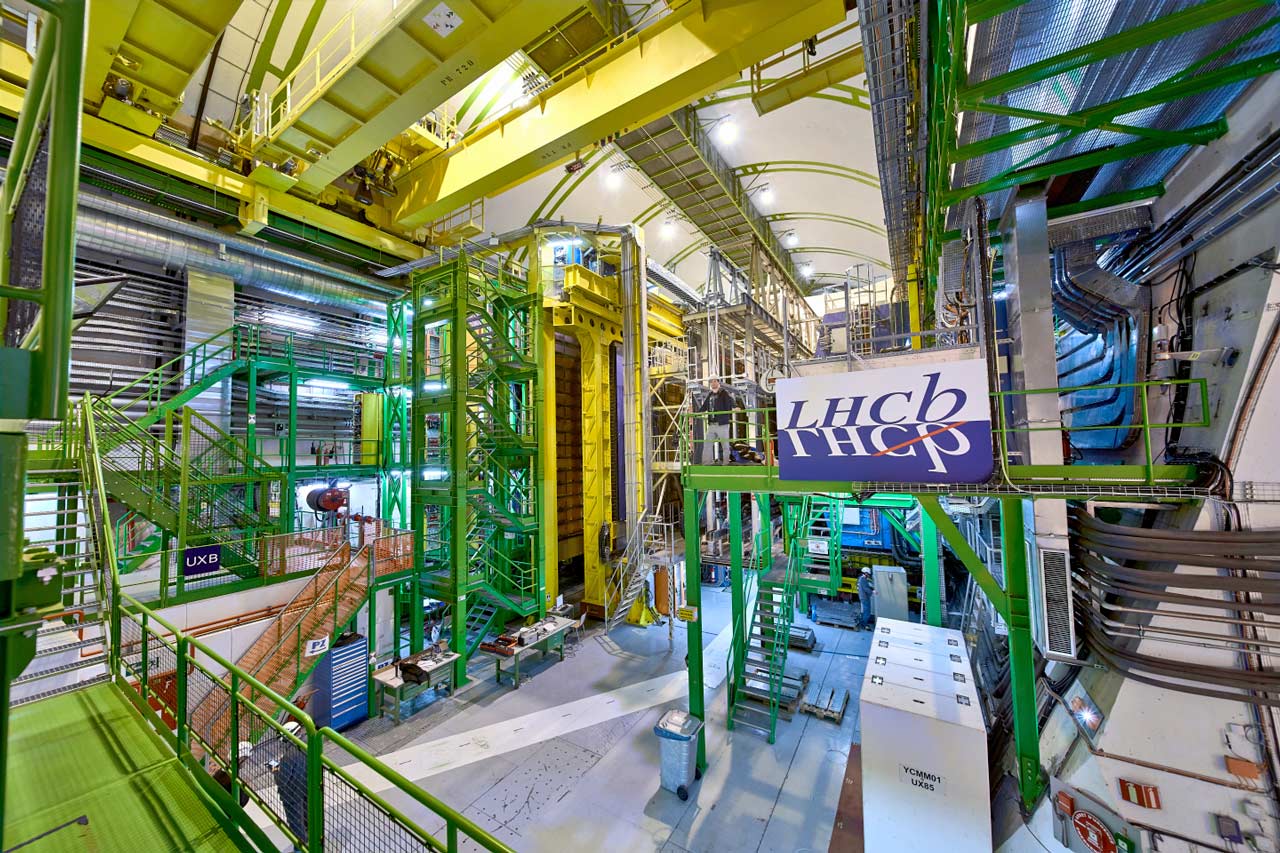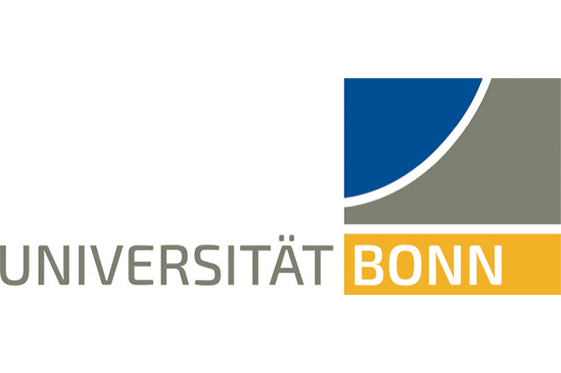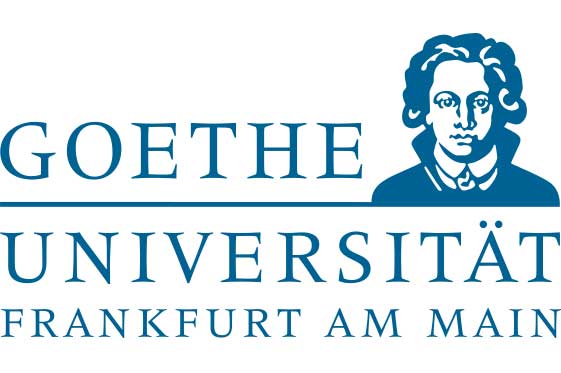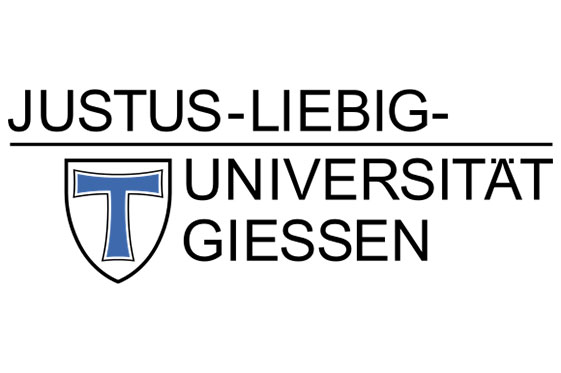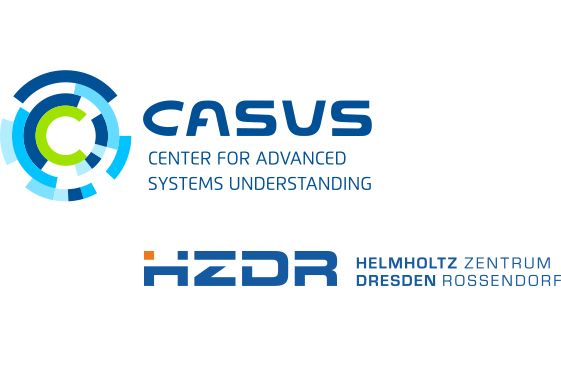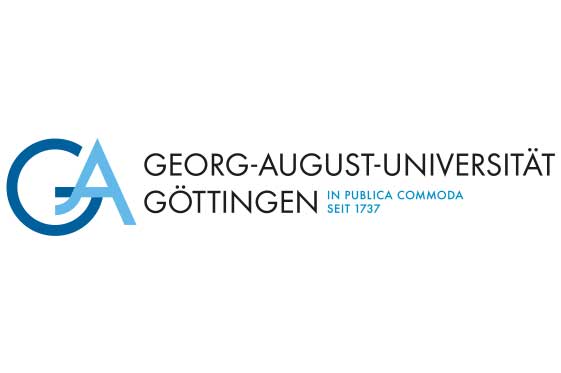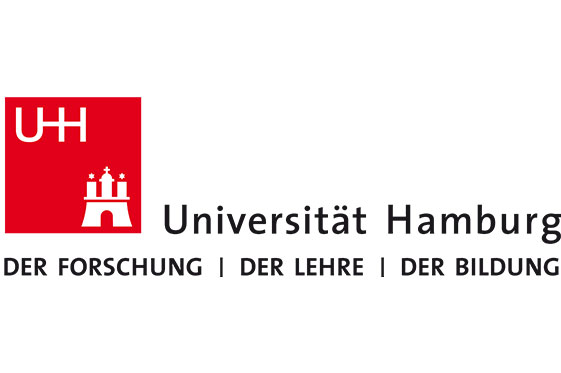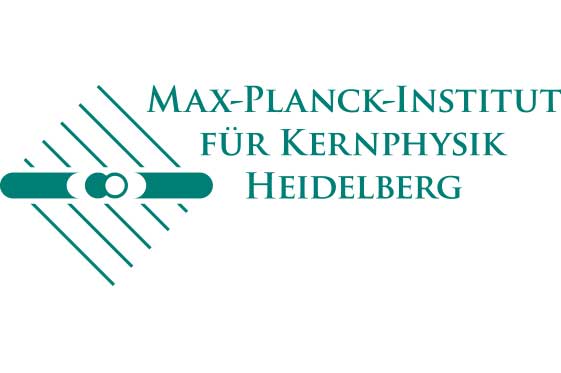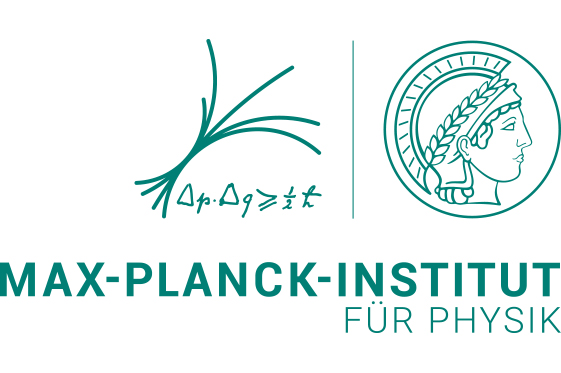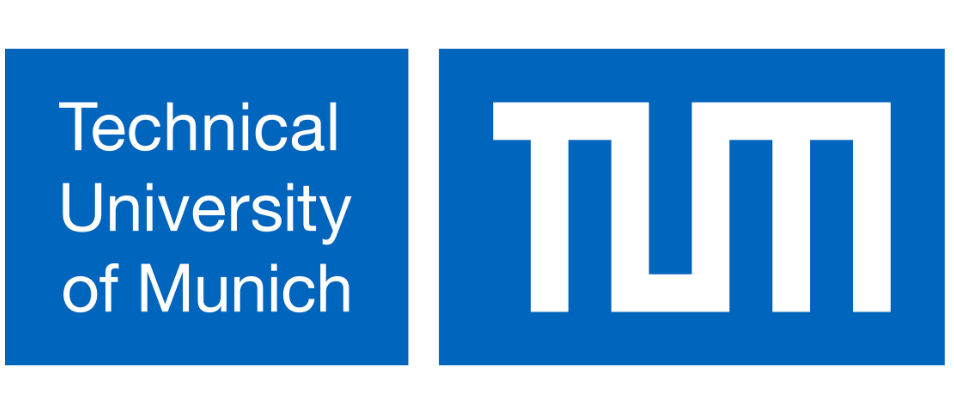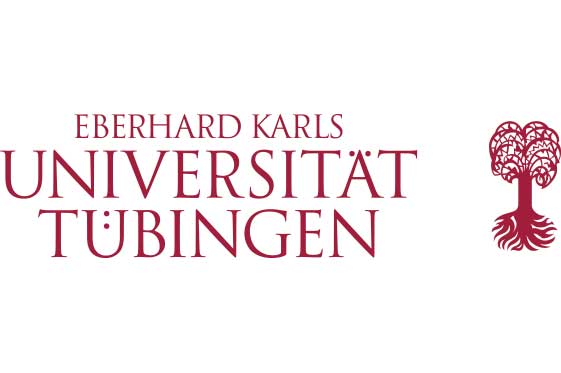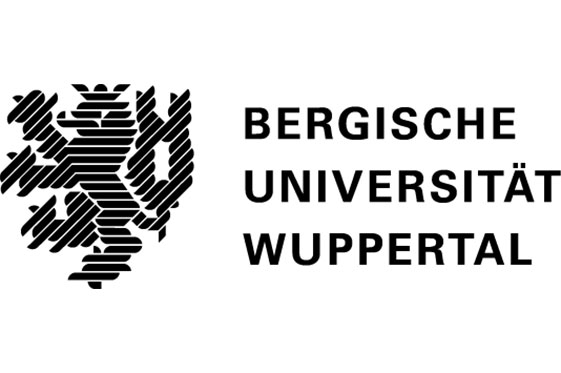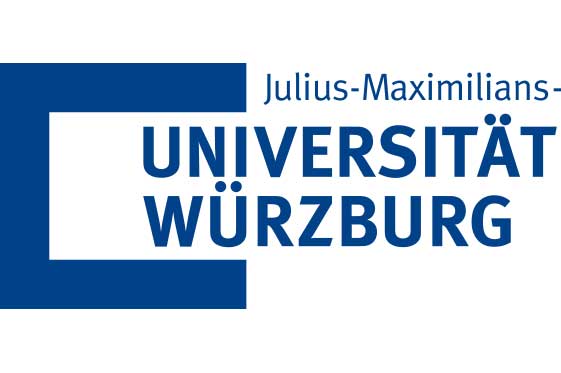
Scientists from 29 German universities and research institutions are collaborating internationally at the Large Hadron Collider (LHC), the world's most powerful particle accelerator at the CERN research center near Geneva, to conduct research into the elementary building blocks of matter and the fundamental laws of nature in the universe. The investigations conducted at the large-scale ALICE, ATLAS, CMS and LHCb experiments are supported by the Federal Ministry of Education and Research (BMBF) as part of the "Exploring the Universe and Matter (ErUM)" framework program through four so-called Research Priority Programs (FSPs).
The ErUM Program (in German)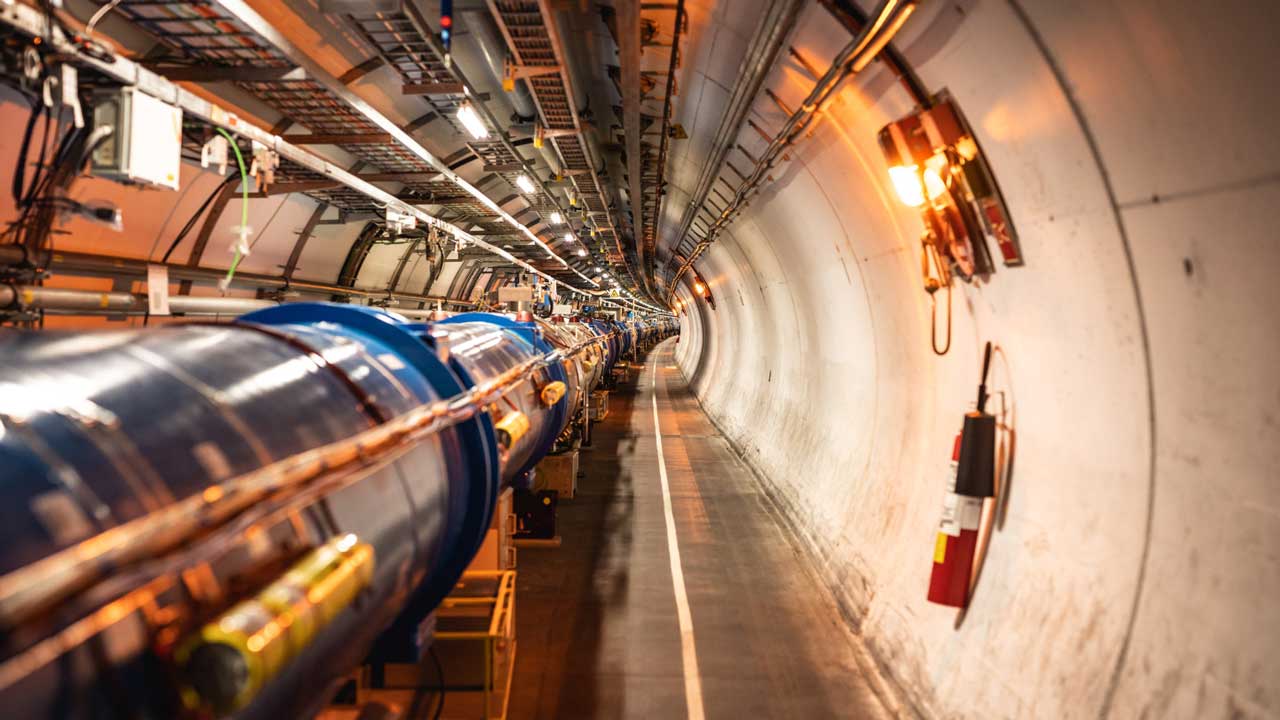
The Largest Machine in the World
The Large Hadron Collider (LHC) is a ring-shaped particle accelerator measuring around 27 kilometers in circumference. It is housed in a tunnel approx. 100 meters underground near Geneva on the French-Swiss border.
The LHC makes it possible for scientists to recreate the state that prevailed shortly after the Big Bang and to investigate matter and its interactions. In doing so, the LHC facilitates the observation of physical processes of the smallest particles under conditions that are unique in the world.
More About the LHC
ErUM-FSPs: Excellent Research from Germany, Internationally Networked/Connected
More than 1,300 scientists representing 29 universities and non-university research institutions from all over Germany are involved in decoding the universe with the Large Hadron Collider (LHC). The BMBF supports this research work by establishing so-called ErUM Research Priority Programs (ErUM-FSPs), which allow scientists to network thematically based on their research projects and collaborate across regions. As longer-term funding programs, the ErUM-FSPs provide exclusive support for excellent research projects that merit a high level of federal interest. Currently, there are four of these research priorities at the LHC, the projects of which are focused on the scientific work at the ALICE, ATLAS, CMS and LHCb experiments.
The Institutes InvolvedThe Four Major Experiments at the LHC
Much like a team of detectives, particle physicists analyze traces with the aim of drawing conclusions about the processes taking place during the collisions and the resulting elementary particles. This involves using detectors set up at the collision points of the particle accelerator. Four such large detectors are located at the Large Hadron Collider: ALICE, ATLAS, CMS and LHCb.
More About These Experiments
Specialists for the Economy
There are many advantages to working at the world's largest particle accelerator, in particular for young researchers. They not only gain first-class technological and scientific expertise in international teams, but also have the opportunity of contributing significantly to the development of cutting-edge technologies. While conducting research in particle physics, physicists in the ErUM Research Priority Programs (ErUM-FSPs) undergo comprehensive training in specialist areas such as detector construction, electronics, computing, data science, statistics, software development and artificial intelligence. This means that particle physicists can also find employment in many sectors following their time at the LHC.
Gaining Expertise in Particle Physics
Knowledge and Technology Transfer
The experiments at the Large Hadron Collider represent true drivers of innovation. The accelerator components and particle detectors required involve a high degree of complexity and demand constant further development of what is feasible technologically. Research at CERN has played a key role in advancing the state of development, notably in the areas of high-performance magnets, highly sensitive sensor technology, high-speed electronics and powerful computers and storage media. These innovative technologies, for which we have fundamental research to thank, are often reflected in the economy as spin-offs. Indeed, many of these inventions influence our everyday lives and are of direct benefit to society.
More About Spin-offs
